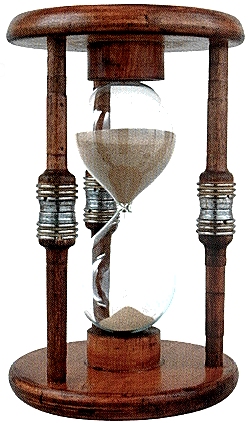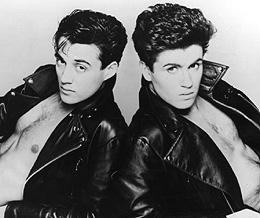
I’d like to offer a little diversion from the intense work we’ve been doing on cover bands, Nektar, and other Important Rock Topics. I’d like to launch a potential series, maybe a monthly event, in which we share our thoughts on a particular Hollywood actor or two according to a particular theory on acting that a Townsman developed years ago, the Six-Pack or Shotgun Theory.
Long ago my close personal friend, E. Pluribus Gergely, explained to me his Six-Pack or Shotgun Theory. It was late at night. Those of us at the table had had much to eat and, in some cases, drink. The topic of Great Acting came up. Gergs passionately launched into his belief that our assessment of acting talent has little to do with the actor’s craft or skill, which he was doubtful even exists.
“There’s no such thing as Acting Ability!” he said in typically definitive fashion, slamming his fist for emphasis. “When we watch any any actor in any movie it comes down to one thing: If that actor showed up unannounced at your back door, would you greet him or her with a six-pack or a shotgun?”
In other words, would you welcome this person, as you perceive the actor to be in real life – no matter what character the actor was playing in any movie – into your home, or would you make it clear that he or she needs to get off of your property? To E. Pluribus Gergely, that’s what 99% of us use to base our judgments on an actor.
Over the years I’ve come to agree with this theory. It’s rare that I think an actor I like for his or her “good egg” or other generally appealing qualities is particularly bad in a movie, even a terrible movie. For instance, I’ve managed to dig Nicolas Cage‘s performances in a dozen horrendous movies. I simply find the guy to project an amusing and agreeable personality. It would be worth my while to hang out with an unannounced Nic Cage. Six-pack!
That night, E. mentioned a couple of other actors who project a loveable, easygoing nature as examples of Six-Pack recipients. We agreed with most of his selections, but it was clear from the start that this is a matter of highly personal choice. Your six-pack could easily be someone else’s shotgun.
He cited one actor who we readily agreed merited the shotgun:




